From July 2025, fertilizers will officially be subject to a 5% value-added tax, opening up many expectations for major changes in the domestic fertilizer industry.
"Resolve" bottlenecks
For nearly a decade, the Vietnamese fertilizer industry has faced many difficulties due to the shortcomings of the old value-added tax (VAT) policy. On November 26, the National Assembly approved the revised Law on Value-Added Tax from July 2025, fertilizers will officially be subject to a 5% VAT, opening up many expectations for major changes in the domestic fertilizer industry.
It can be said that fertilizer is the most important agricultural material for agricultural production in our country, because it accounts for the highest proportion in the cost of cultivation, while the cultivation industry currently accounts for 64-68% of the total production value of the entire agricultural sector.
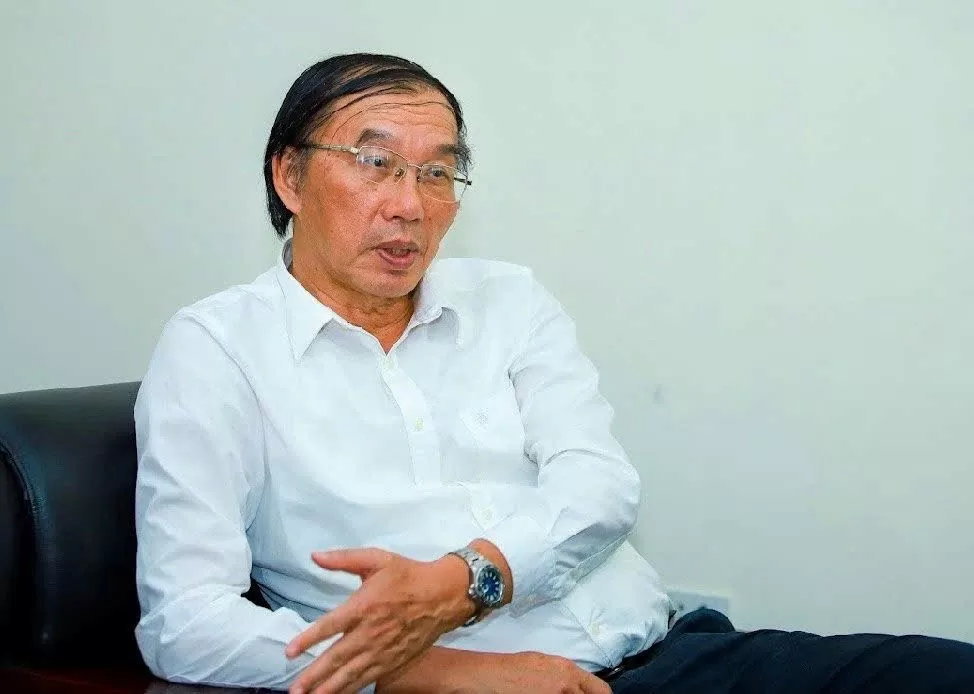 |
| Dr. Phung Ha - Chairman of Vietnam Fertilizer Association. Photo: VA |
Talking to the Industry and Trade Newspaper, Dr. Phung Ha - Chairman of the Vietnam Fertilizer Association said that the current demand for fertilizers in Vietnam is about 10.5 - 11 million tons of all kinds. Of which: urea is about 1.6 - 1.8 million tons; DAP is about 0.9 to 1 million tons; SA is 0.8 - 0.9 million tons, Potassium is 0.9 - 1 million tons, phosphate fertilizers of all kinds are over 1.2 million tons, NPK fertilizer is about 3.5 - 4 million tons...
Meanwhile, in 2022, Vietnam imported 3.39 million tons of fertilizers of all kinds, worth 1.62 billion USD; in 2023, it imported 4.12 million tons, worth 1.41 billion USD; in the first 6 months of 2024, it imported 2.5 million tons of fertilizers, worth more than 838 million USD.
However, when Tax Law 71/2014/QH13 (Tax Law 71) took effect from January 1, 2015, since the application of this Law, domestic fertilizer manufacturing enterprises have been exempted from output VAT since 2015, but input materials are subject to tax of 5-10%. This has caused production costs to increase, pushing domestic fertilizer prices far beyond imported products and reducing the competitiveness of domestic enterprises.
Giving specific figures, Dr. Phung Ha pointed out that fertilizer production enterprises of the Vietnam Chemical Group (including enterprises producing urea, DAP, superphosphate, fused phosphate, NPK) are not deducted about 400-650 billion VND per year. 2 urea fertilizer production enterprises of the Vietnam Oil and Gas Group are not deducted from 500-650 billion VND per year.
Statistics of the Vietnam Chemical Group show that the amount of value added tax not deducted from the business expenses in 2018 of some units is as follows: Ha Bac Fertilizer and Chemical Joint Stock Company over 141 billion VND, Lam Thao Super Phosphate and Chemical Joint Stock Company 142 billion VND, Ninh Binh Nitrogen One Member Co., Ltd. 113 billion VND...
Data from PetroVietnam Fertilizer and Chemicals Corporation (PVFCCo) also shows that PVFCCo's input VAT in 2016 was VND 284 billion, in 2017 it was VND 371 billion, in 2018 it was VND 518 billion, in 2019 it was VND 358 billion, and in 2020 it was VND 326 billion.
Accordingly, the estimated scale of Vietnam's fertilizer industry is hundreds of thousands of billion VND/year and the non-deductible tax rate of the entire industry is 5%, so the units of the entire industry bear several thousands of billion VND/year.
Many reports show that when fertilizers are transferred to the category of non-VAT, Vietnam suffers losses on all three sides: the State loses revenue from the state budget and still cannot implement a legal support mechanism for agriculture to reduce domestic prices when world fertilizer prices increase. Farmers do not benefit from price reductions or input cost reductions whether fertilizer prices increase or decrease because businesses must account for non-deductible input VAT in costs and add it to selling prices to preserve capital. Domestic fertilizer producers are always at a disadvantage in competing with imported fertilizers in both cases when world fertilizer prices increase or decrease.
Due to the regulation that fertilizers are not subject to VAT, many fertilizer enterprises both export (to deduct input VAT of exported goods according to regulations) and import fertilizers from abroad. This will continue to happen in the future if the current regulations on VAT on fertilizers are maintained, which may lead to potential risks in macro-management.
The regulation that fertilizer products are not subject to VAT and cannot be deducted from input VAT was implemented right at the time when the world fertilizer industry was in a state of oversupply and prices on the world market were falling sharply, making it very difficult for domestic producers to compete with imported fertilizers.
Therefore, the new policy will bring an important mechanism: Input tax deduction, raw material costs account for 50-70% of the total cost of fertilizer production. The refund of input VAT helps businesses reduce the cost burden, while creating motivation to reduce selling prices, improving competitiveness.
Some experts believe that the fertilizer industry plays a very important role in improving crop productivity and quality, contributing to ensuring food security and agricultural development. Therefore, it is necessary to have tax policies to support the development of the fertilizer industry towards sustainable development, harmoniously combining direct and indirect taxes in the tax system such as: VAT, environmental protection tax, import-export tax, corporate income tax.
Currently, many "fertilizer powers" in the world apply VAT to the fertilizer industry. For example, China, the world's largest fertilizer producer and consumer, currently applies a VAT rate of 11% to fertilizers. At the same time, this country also issued a number of corporate income tax exemption policies for fertilizer production enterprises, especially those producing organic fertilizers, microbial fertilizers, environmentally friendly fertilizers and fertilizer production enterprises that invest heavily in research and development, or use advanced technology in production.
Similarly, Russia - the world's largest fertilizer exporter - is also applying VAT to the fertilizer industry to improve crop productivity and quality, contributing to ensuring food security and sustainable agricultural development.
According to the Research Group of MB Securities Joint Stock Company (MBS Research), with a VAT rate of 5%, Vietnam will be at an average level compared to other countries. For example, China imposes a tax of 13%, Russia ranges from 12.5% to 20%, while Germany is flexible from 7% to 19% depending on the type of fertilizer. Brazil has a lower tax rate, from 1% in 2022 to 4% in 2025. Vietnam's policy both protects domestic production and minimizes the impact on consumer prices.
Creating a new growth "situation" for the fertilizer industry
The 5% VAT policy can become a strong driving force to promote the growth of the fertilizer industry. The long-term goal of this policy is to promote sustainable development and enhance the autonomy of the domestic fertilizer industry. This is not only an advantage for businesses but also good news for farmers, as they have the opportunity to access quality fertilizers at more reasonable prices.
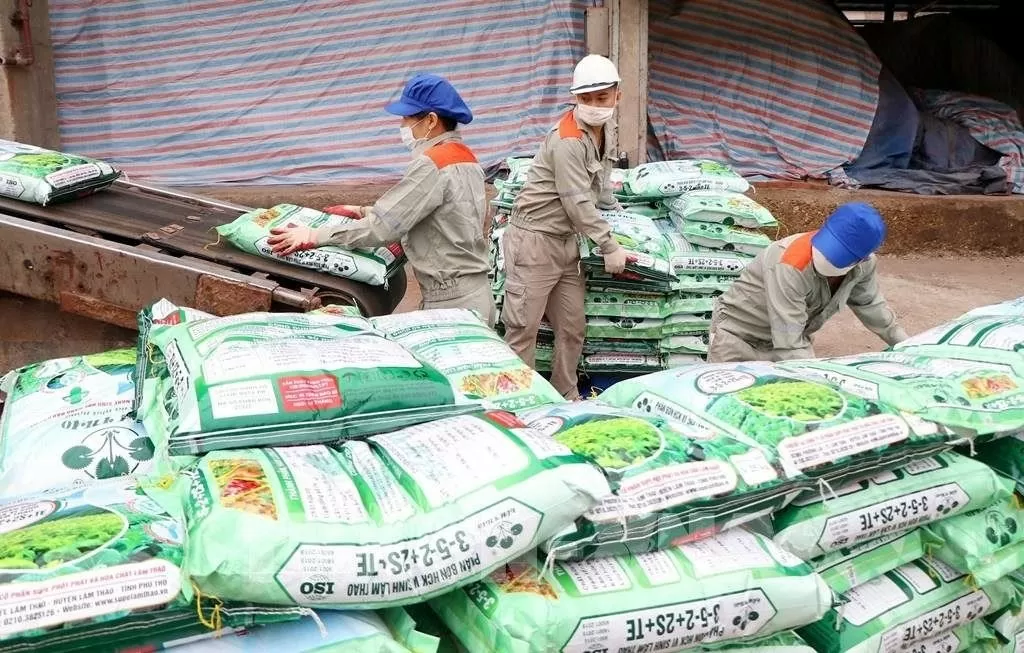 |
| From July 2025, fertilizers will officially be subject to a 5% VAT, opening up many expectations for major changes in the domestic fertilizer industry. Photo: VA |
Dr. Phung Ha also gave an assessment, when fertilizers are subject to 5% VAT, specifically based on data from the listed financial statements of 9 fertilizer companies (Ca Mau Fertilizer, Phu My Fertilizer, Ha Bac Fertilizer, Hai Phong DAP, Binh Dien Fertilizer, Lam Thao Super Fertilizer, Van Dien Phosphate Fertilizer, Ninh Binh Phosphate Fertilizer, Southern Fertilizer) with representatives of fertilizer types (urea, DAP, phosphate, NPK) currently accounting for about 60% of total domestic production, the Vietnam Private Sector Competitiveness Enhancement Project has announced many detailed figures. That is, input VAT for urea production is 9.3%; NPK is 6.4%; DAP is 8.1% and phosphate is 7.7%, specifically:
When fertilizer is not subject to VAT, the cost price including input VAT compared to revenue accounts for 78%. But if fertilizer is subject to 5% VAT, the cost price/revenue ratio is only about 71-73% (depending on the type of fertilizer).
Thus, if a 5% VAT is applied to fertilizers, the selling price of finished urea fertilizers will have room to decrease by 2%; DAP fertilizers will have room to decrease by 1.13%; and phosphate fertilizers will have room to decrease by 0.87%. For NPK fertilizer production alone, the selling price of finished products may increase by 0.09%.
For businesses importing fertilizers, product prices may increase by 5%, because there is no input tax to deduct.
However, "the total domestic demand for inorganic fertilizers is about 10 million tons, of which domestic production meets 6.5 - 7 million tons, accounting for approximately 70% of the demand, so overall, farmers and the crop growing industry still benefit when the VAT on fertilizers is 5%".
According to the calculation of the Project mentioned above: On the State side, if applying 5% VAT, budget revenue will increase by 1,541 billion VND, due to output VAT collection of fertilizers up to 6,225 billion VND and input VAT deduction of 4,713 billion VND.
“ The above figures and information show that it is reasonable to move fertilizer products from the non-VAT group to VAT at a rate of 5% ,” said the Chairman of the Vietnam Fertilizer Association.
According to MBS Research, enterprises producing single fertilizers (urea, phosphate) and DAP are the groups that benefit the most from this policy. The reason is that the input materials of these fertilizers are all subject to VAT refund.
However, this opportunity comes with many challenges. Enterprises need to take full advantage of the opportunity to reduce costs to reinvest in modern production technology, while improving product quality to meet domestic demand and expand internationally. The government also needs to ensure transparency in tax refunds, closely monitor to avoid policy abuse and ensure fertilizer prices are kept at reasonable levels.
| Dr. Phung Ha - Chairman of Vietnam Fertilizer Association: The agricultural sector is currently an important pillar for the Vietnamese economy as it contributes greatly to export turnover. It is expected that in 2024, exports may reach 60 billion USD (far exceeding the plan of 55 billion USD and compared to 2022 and 2023 of 54 billion USD), so comprehensive support for the agricultural sector (in which fertilizer accounts for 30-60% of the input value of agricultural materials) is very necessary. With this change in policy, many expectations will be opened up about the "growth situation" in the Vietnamese fertilizer industry. |
Source: https://congthuong.vn/ap-thue-vat-5-quyet-sach-dung-va-trung-tao-dot-pha-tang-truong-cho-nganh-phan-bon-viet-nam-361522.html








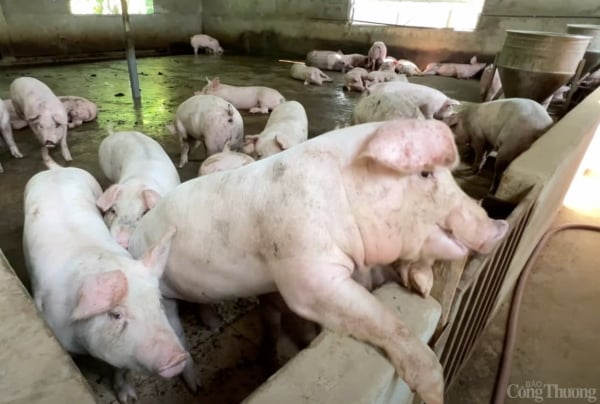
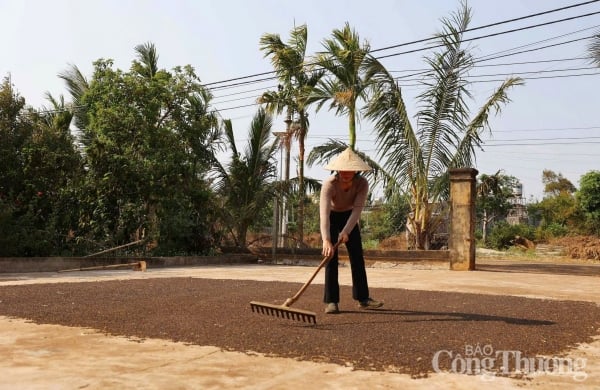
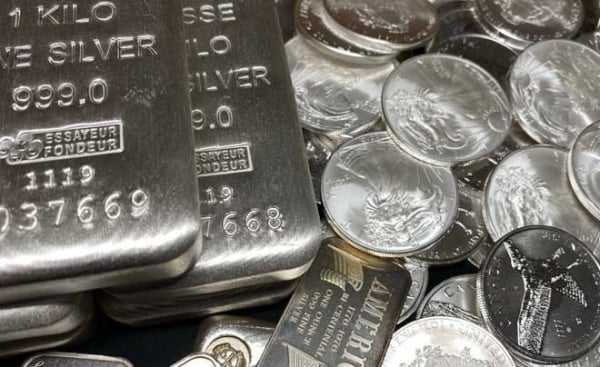
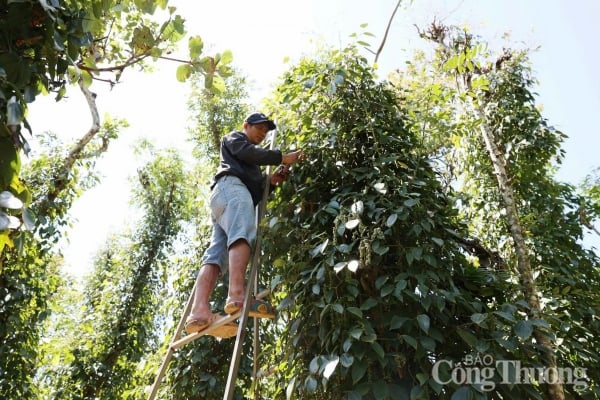
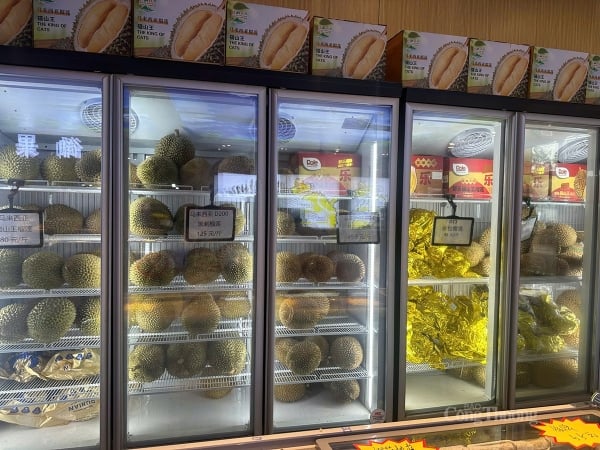
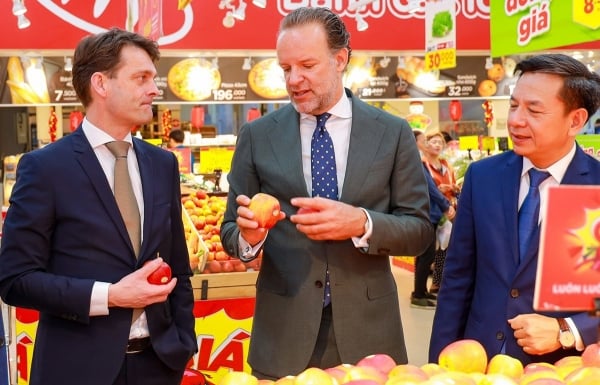
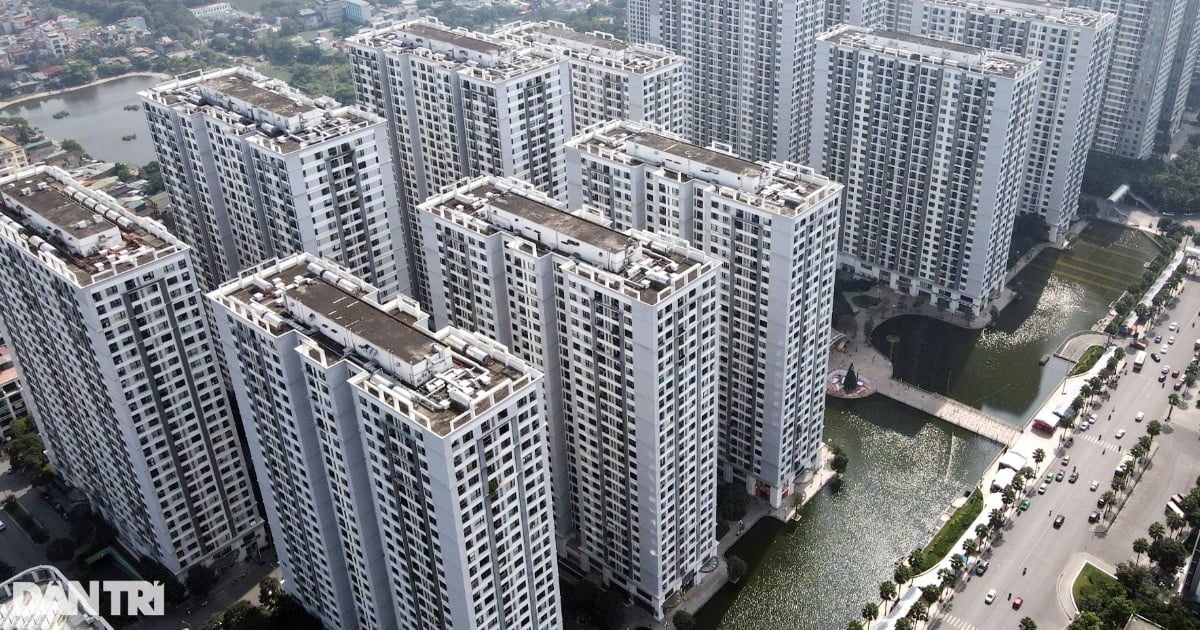


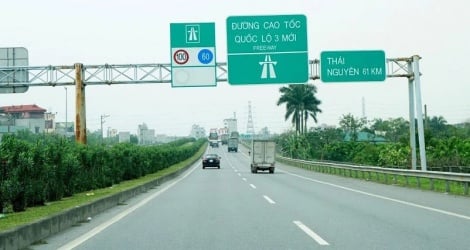
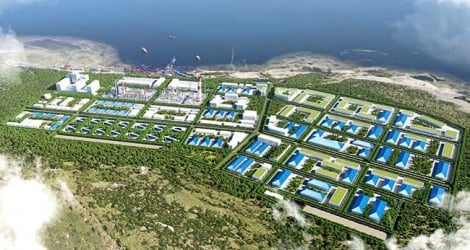
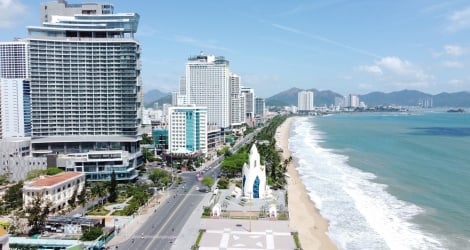
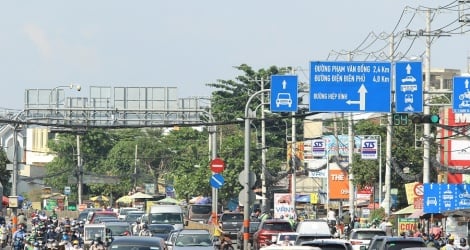
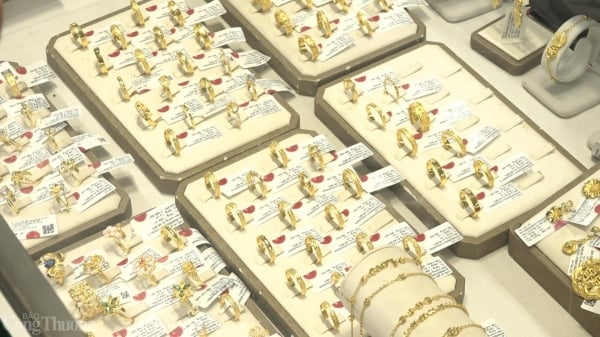
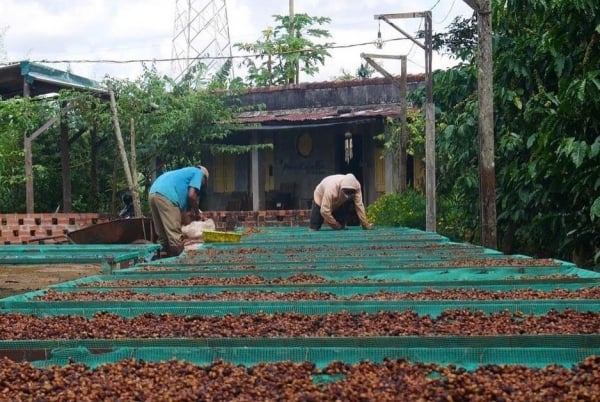
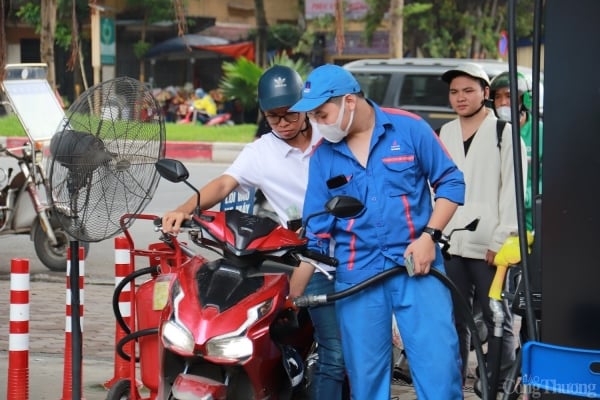
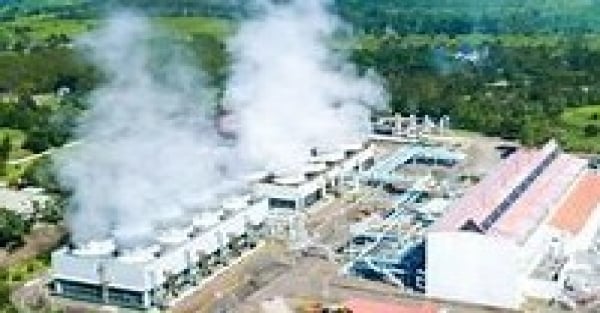
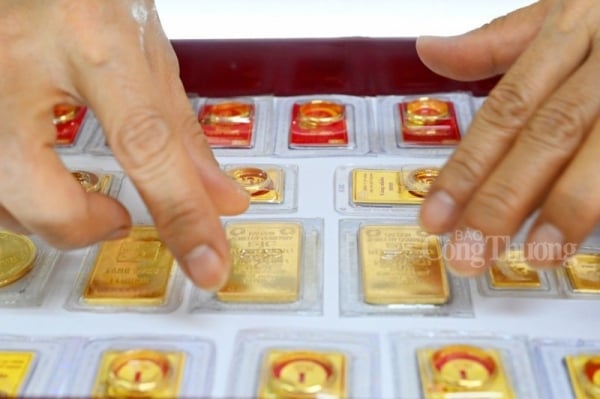
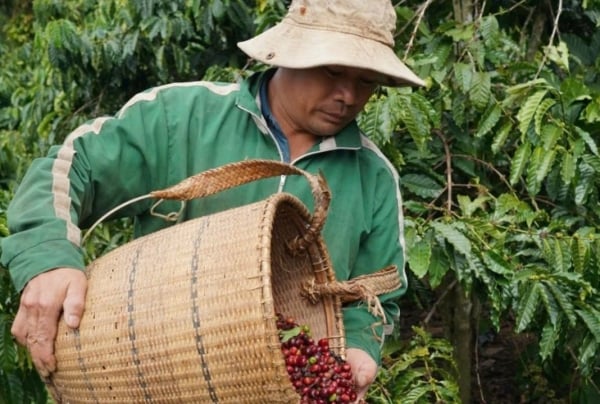







![[Photo] Prime Minister Pham Minh Chinh chairs Government Conference with localities on economic growth](https://vstatic.vietnam.vn/vietnam/resource/IMAGE/2025/2/21/f34583484f2643a2a2b72168a0d64baa)








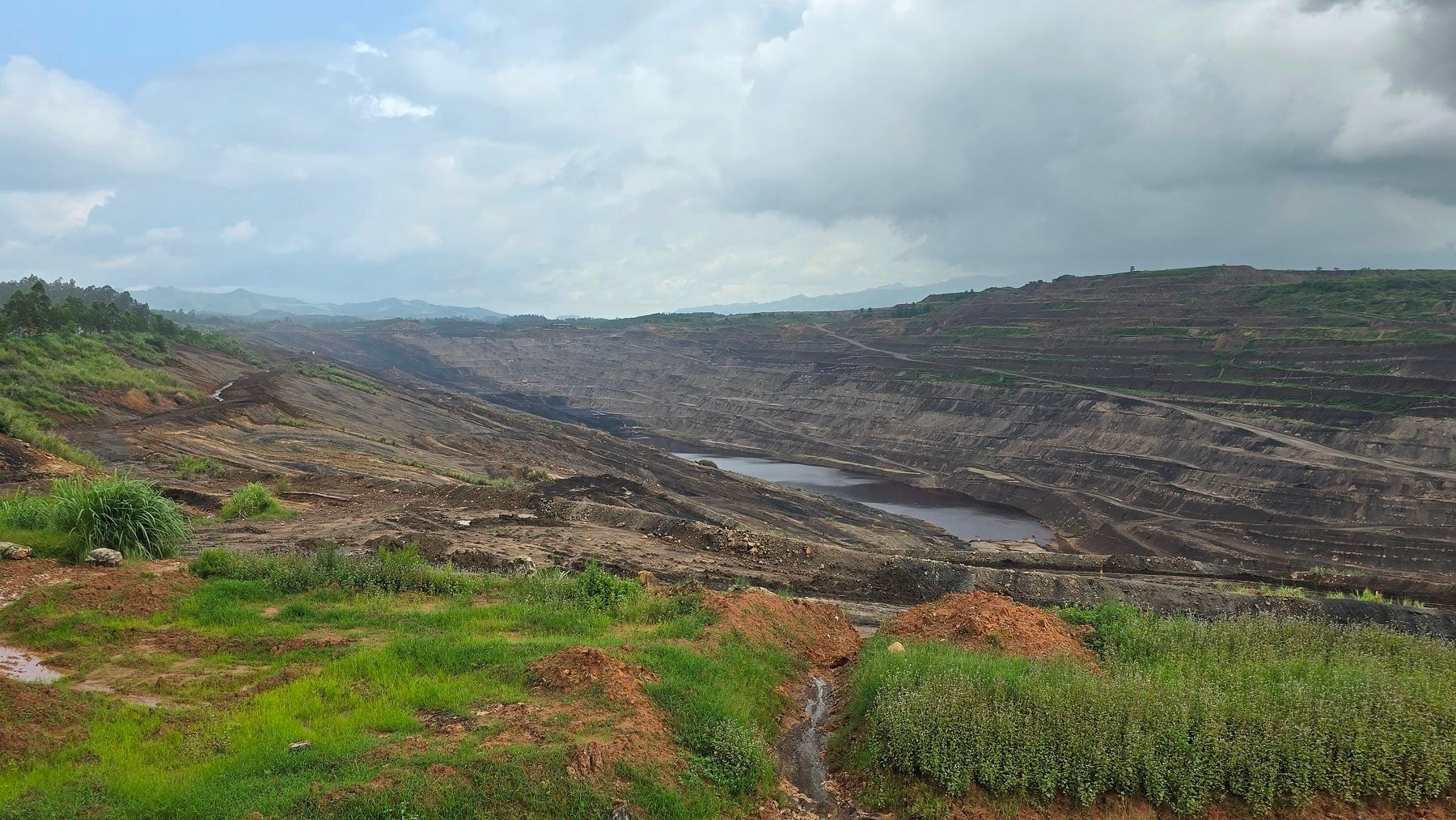






















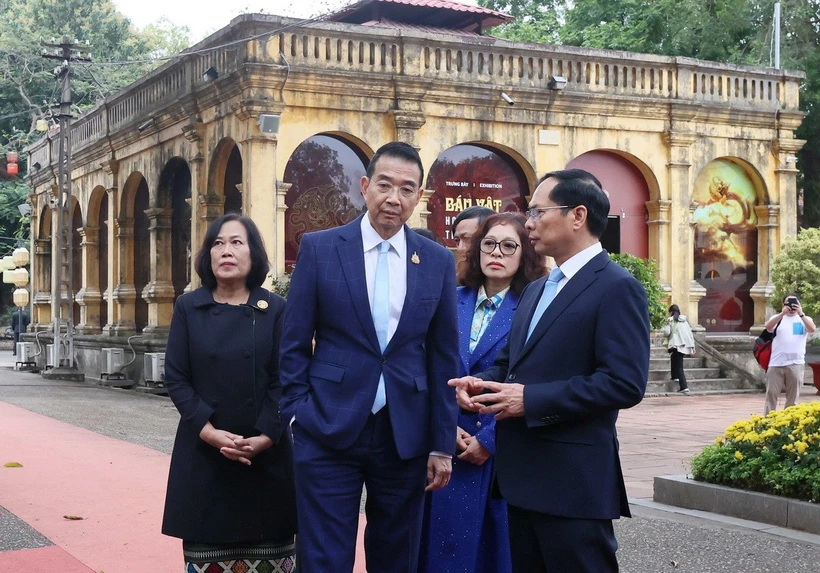
























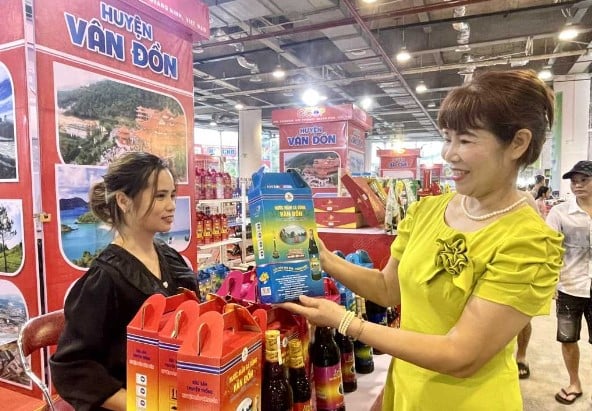

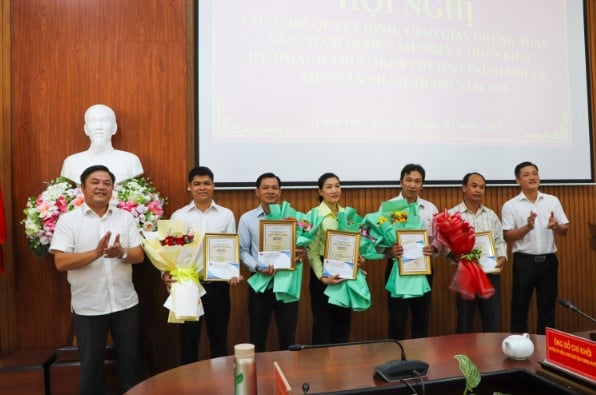
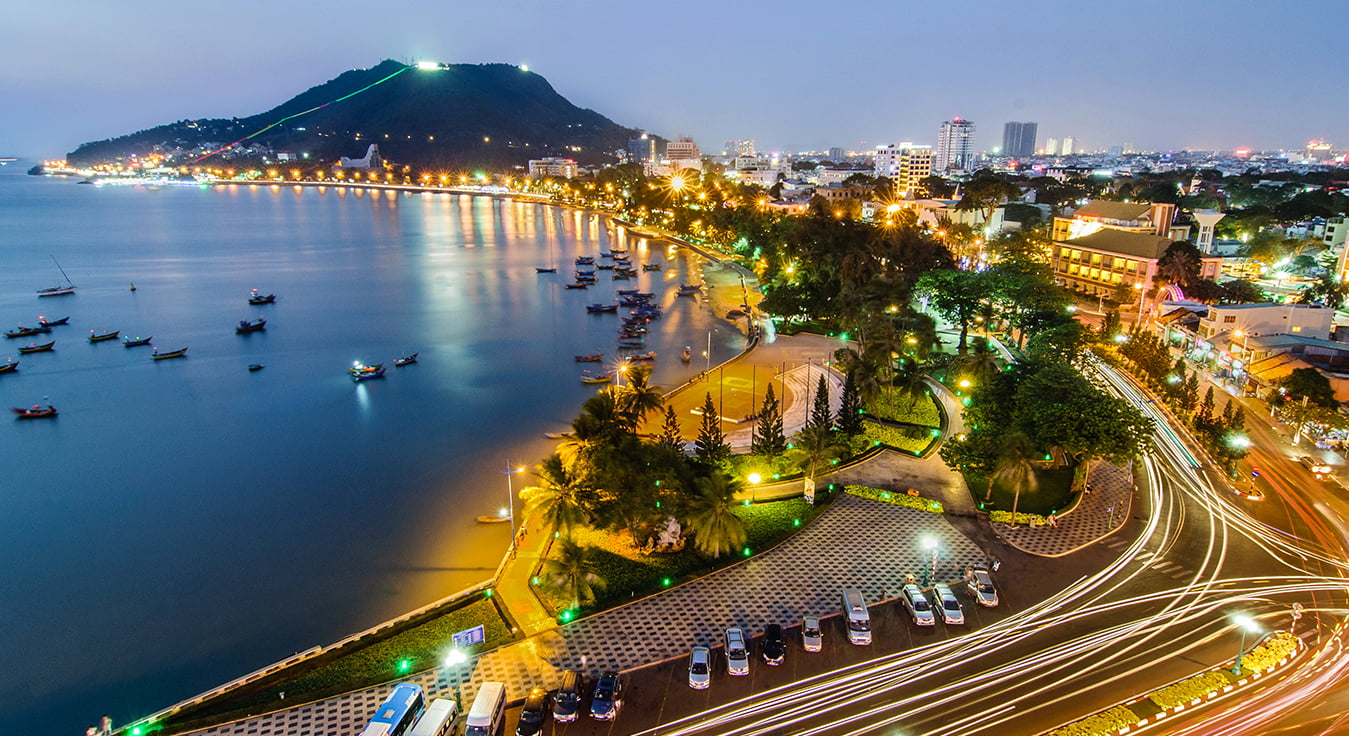
Comment (0)